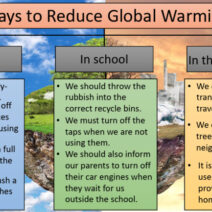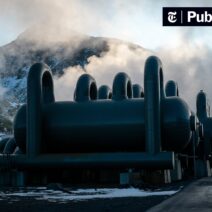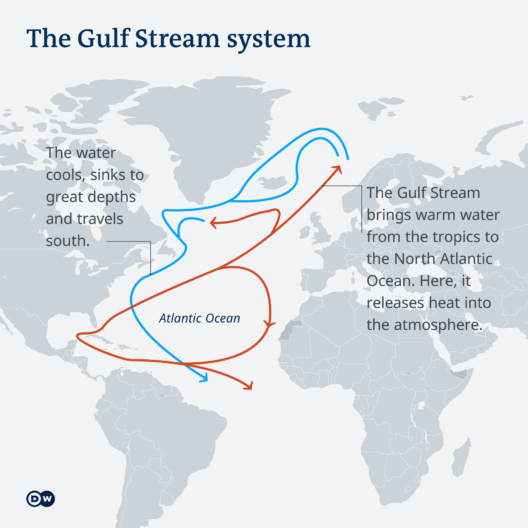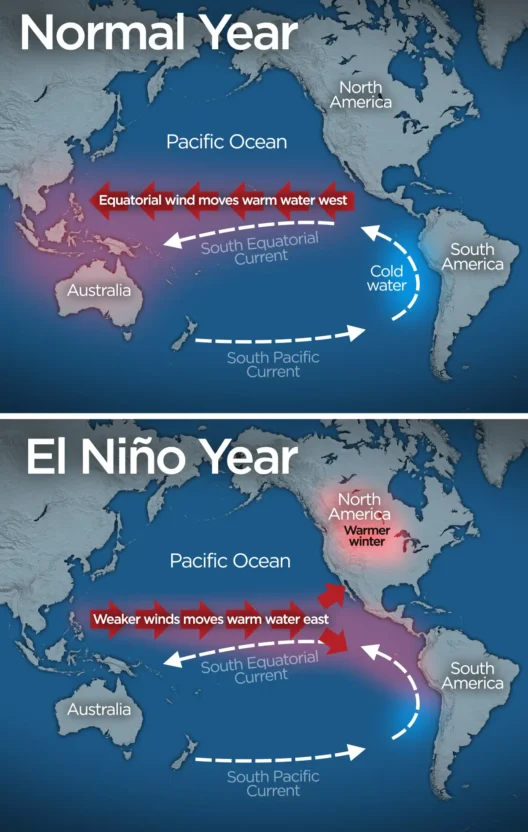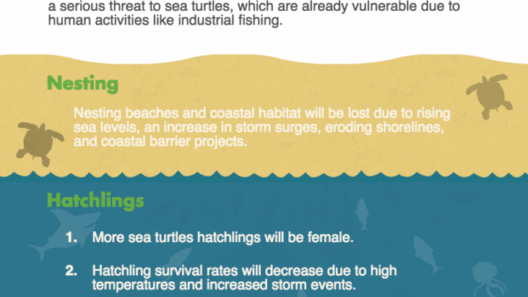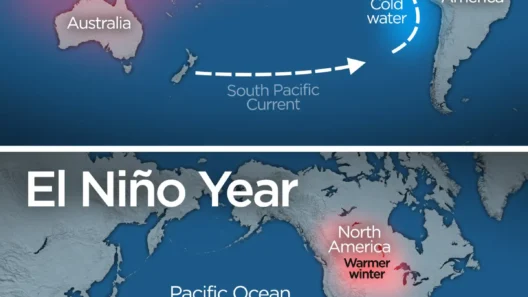Climate change has become one of the most pressing issues of our time, spurring an unprecedented urgency among scientists, policymakers, and the public. The ability to track climate change and predict its future trajectory is crucial for devising effective strategies to mitigate its impacts. But how exactly do scientists achieve this remarkable feat? This detailed exploration demystifies the methods and technologies employed in climate science, revealing not only their intricacies but also their significance in shaping our response to climate challenges.
The Foundations of Climate Science
At its core, climate science is a multidisciplinary field drawing from atmospheric sciences, oceanography, geography, and biology, among others. Scientists use these diverse perspectives to build a comprehensive understanding of Earth’s climate system. The interplay between the atmosphere, oceans, land surfaces, and biosphere creates a complex web of interactions that influence climate patterns. To untangle this web, scientists employ tools ranging from satellite observations to climate models.
Monitoring Current Conditions
The first step in tracking climate change involves monitoring current conditions through meticulous data collection. Ground-based weather stations have long been the stalwart of meteorological observation, capturing real-time data on temperature, humidity, and atmospheric pressure. However, satellites have revolutionized the landscape of climate monitoring, providing global coverage and an unprecedented spatial resolution. These observatories orbiting Earth collect critical information on temperature fluctuations, atmospheric composition, sea level rise, and even land use changes.
One pivotal source of data is the Global Climate Observing System (GCOS), which integrates thousands of weather stations, satellite data, and ocean buoys. This vast network strives to provide a cohesive picture of climate variations, revealing trends over time. When analyzed, the results showcase alarming patterns, such as an increase in average global temperatures and shifts in precipitation regimes.
Climate Models: Projections of the Future
While monitoring current conditions is essential, predicting future climate scenarios requires robust climate models. These sophisticated mathematical frameworks simulate Earth’s climate system, incorporating complex equations that account for physical laws governing atmospheric and oceanic processes. The models range from simple energy balance calculations to advanced General Circulation Models (GCMs), which simulate climate dynamics on a global scale.
GCMs, in particular, represent a monumental leap in our capability to forecast climate change. They divide the Earth into a three-dimensional grid, with each grid box representing a specific volume of the atmosphere or ocean. By applying known physical principles, these models predict how various factors—such as greenhouse gas emissions, volcanic activity, and solar radiation—will influence future climate conditions. Interestingly, different models may yield varying projections due to different assumptions and parameterizations. This diversity underscores the complexity of Earth’s climate system, prompting scientists to utilize an ensemble of models to garner a more comprehensive outlook.
Understanding and Mitigating Uncertainties
One of the inherent challenges in climate prediction is dealing with uncertainties. Various factors contribute to this ambiguity, including limitations in understanding the climate system, socio-economic variables, and unpredictable events such as technological advancements or shifts in public policy. Therefore, scientists often categorize uncertainties into two main types: parametric (related to model parameters) and structural (arising from model design). Addressing these uncertainties is pivotal for refining predictions and enhancing the reliability of climate assessments.
By employing techniques such as sensitivity analysis, ensemble forecasting, and scenario modeling, researchers strive to elucidate the potential range of future climates. For example, the Intergovernmental Panel on Climate Change (IPCC) publishes periodic assessments wherein it elucidates possible climate scenarios based on varying levels of greenhouse gas emissions, guiding policymakers in decision-making processes.
Impacts on Ecosystems and Societies
The implications of climate change extend far beyond rising temperatures. By analyzing data trends and model predictions, scientists identify potential impacts on ecosystems and societies. This facet of climate science involves the convergence of multiple disciplines, including ecology, economics, and sociology. Widespread changes in temperature and precipitation patterns can disrupt ecosystems, leading to species extinctions, altered migration patterns, and shifts in agricultural productivity. Understanding these repercussions is crucial for devising adaptive strategies and ensuring food security in a warming world.
Furthermore, the socio-economic dimensions of climate change are equally concerning. Vulnerable populations, particularly in developing regions, are often disproportionately affected by climate impacts, exacerbating existing inequalities. Identifying key vulnerabilities through climate assessments allows for targeted interventions aimed at enhancing resilience, fostering community-led initiatives, and securing resources for adaptation.
Engaging with the Public
An often-overlooked aspect of tracking climate change is the importance of engaging the public and fostering a collective understanding. Scientists must effectively communicate their findings and the uncertainties associated with them. Visualizations, infographics, and narrative storytelling play critical roles in conveying complex data in an accessible manner, piquing public curiosity and instigating discussions around climate action.
Moreover, initiatives that empower local communities to participate in data collection processes—such as citizen science projects—foster a collaborative approach to climate monitoring. Harnessing the observations of everyday individuals can enrich data sets and provide valuable insights into local climate patterns.
Looking Ahead: The Future of Climate Science
The process of tracking climate change and predicting its outcomes is an ever-evolving endeavor. As technological advancements continue to shape climate science, the fusion of artificial intelligence and machine learning into climate modeling holds promise for further refining predictions and expanding our understanding of complex climate interactions. Big data analytics can unveil patterns previously obscured by conventional methodologies, offering novel perspectives.
In sum, the realm of climate science is multifaceted, combining rigorous monitoring, sophisticated modeling, and interdisciplinary collaboration. By deepening our understanding of current climate dynamics and forecasting future scenarios, we are better equipped to navigate the challenges posed by climate change. As we look to the future, the synergy of scientific inquiry, technological innovation, and public engagement presents a hopeful path towards a more sustainable world.

